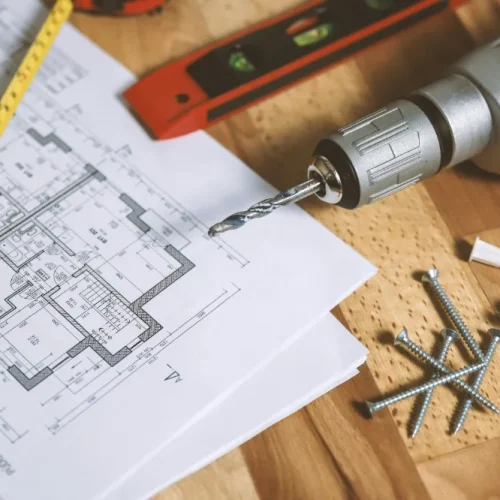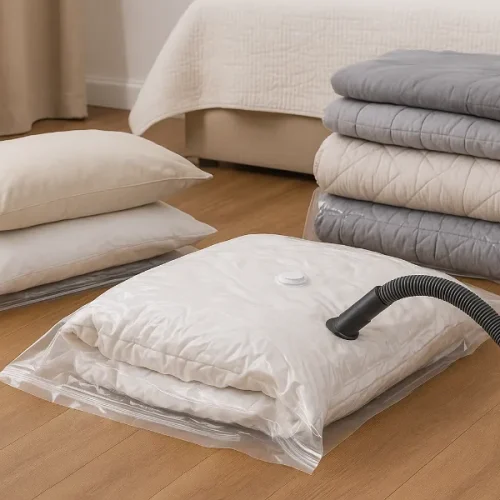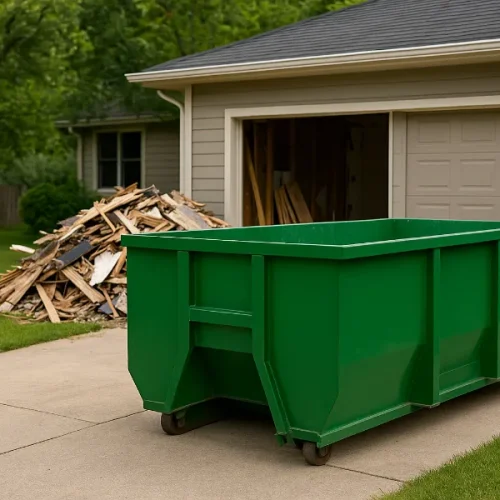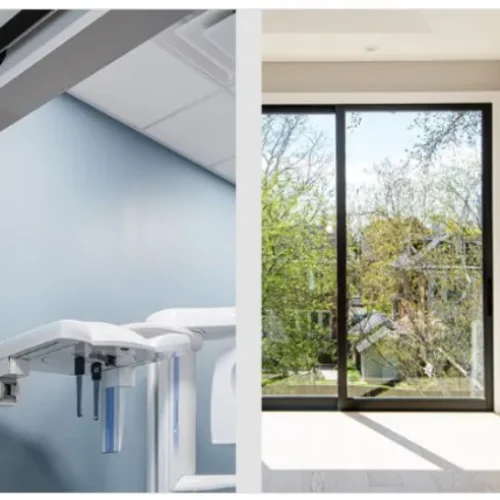
There’s something charming about old tools those battered hammers, faded tape measures, and power tools that have been with you longer than some of your coworkers. Many people feel a sense of pride using equipment that has survived job after job, season after season. In some ways, these tools feel like trusted companions; they’ve “been through things” with you, and it’s tempting to believe they still perform just as well as they did years ago. But here’s the hard truth: old tools have a profound impact on project results. Not always in a good way.
Whether you’re in construction, woodworking, automotive repair, home renovations, or general maintenance work, the condition and age of your tools directly affect your efficiency, your accuracy, and even your safety. When tools start aging when blades dull, motors weaken, batteries lose capacity, or calibration drifts you aren’t just working slower. You’re making compromises without even realizing it. And over the course of a project, those small-seeming compromises can snowball into delays, inconsistencies, reworks, added costs, and unnecessary frustration. If you’ve ever wondered why a project didn’t go quite as planned or why results seemed “off” even when your technique was solid it might be time to take a closer look at the tools in your hands. This article breaks down the subtle and not-so-subtle ways old tools affect project results, how to recognize when it’s time to replace them, and why updating your toolkit is one of the smartest investments you can make in any craft or trade.
The Hidden Inefficiencies of Aging Tools
The biggest problem with old tools is that they don’t get bad all at once. Instead, they decline slowly so slowly that you barely notice the difference day-to-day.
That tape measure that retracts just a bit slower.
That circular saw that doesn’t feel quite as powerful.
That drill battery that used to last hours but now gives up halfway through a task.
When tools wear out gradually, you adjust and compensate without realizing it. You push harder, take more time, re-measure twice, sand a little more aggressively, or make repeated cuts “just to be sure.” These compensations feel small, but over the course of an entire project, they add up.
A task that should take five minutes becomes a twenty-minute battle.
A job that should finish in a week quietly stretches into two.
A process that used to feel seamless now feels clunky and tiring.
Old tools don’t just slow you down they wear you down.
When you use tools past their prime, you’re forced to work harder physically and mentally. The more energy you spend fighting with your tools, the less energy you have to focus on precision, creativity, and quality. That imbalance can slowly erode your overall performance without you noticing until the project is finished and something just isn’t right.
Accuracy Drops—and Results Suffer
Precision is crucial in almost every type of project. Whether you’re framing a wall, assembling furniture, performing repairs, or creating something from scratch, accuracy determines how clean, stable, and professional the final result is.
Old tools often introduce invisible accuracy issues. For example:
• A level that’s been dropped too many times might be slightly off
• A square with worn edges can throw off a 90-degree alignment
• A miscalibrated torque wrench can lead to overtightened or undertightened components
• A worn saw blade can cause drifting cuts or rough edges
• A stretched tape measure might add inaccurate fractions
These inaccuracies might seem tiny, but small errors compound as a project progresses. An eighth-inch mistake on one cut might not matter, but an eighth-inch mistake repeated ten times can throw an entire build out of alignment.
This is similar to the mathematical concept of cumulative error and systematic deviation frequently discussed in precision-related fields. For example, measurement drift has parallels to the idea of metrological hysteresis. Craftsmanship isn’t just about skillit’s about the reliability of the tools that support that skill. When your tools stop performing with precision, you start troubleshooting problems that never existed before, and your work becomes more complicated than it needs to be.
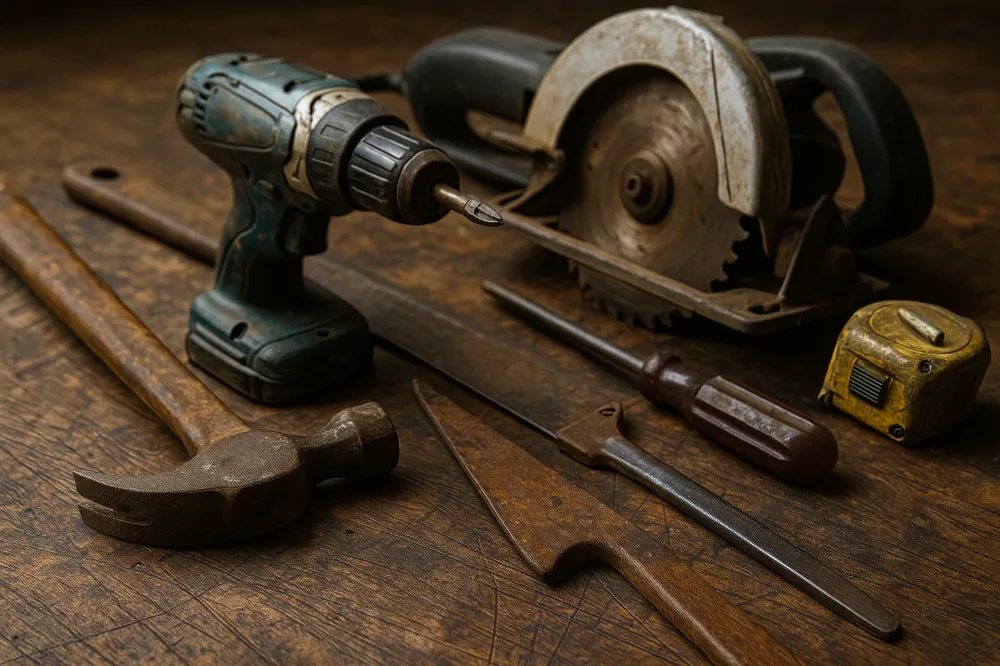
Old Tools Increase the Risk of Injury
One of the most important but neglected consequences of tool aging is the increased risk of injury. Tools are designed to work within specific tolerances, and once they degrade, those safety margins get thinner. Dull blades are a perfect example. A dull blade requires more pressure, and that added force increases the likelihood of slipping, kickback, or loss of control. Old power tools with weakening motors also become unpredictable. They may stall, surge, or seize in the middle of a cut all of which can put your hands or face in the danger zone.
Safety risks often arise from:
• Sharpness loss
• Structural weakening
• Cracked housings
• Worn insulation on wires
• Failing batteries
• Unstable moving parts
Even hand tools can become hazardous when worn.
The U.S. Occupational Safety and Health Administration (OSHA) warns that malfunctioning tools are one of the leading causes of preventable workplace injuries. Their general safety guidance reinforces how essential tool condition is to preventing accidents. Staying safe requires more than personal skill it requires dependable equipment.
Old Tools Can Limit Creativity and Problem-Solving
Using outdated tools also affects your mindset. When you don’t trust your tools, you instinctively avoid anything adventurous or precise. Projects that require finesse start to feel risky. You stop experimenting and stick to the simplest methods not because you want to, but because you don’t want your tools to sabotage your efforts.
This creates a quiet but powerful creative limitation.
If you know your drill chuck slips sometimes, you won’t try advanced joinery.
If your jigsaw vibrates heavily, you won’t attempt curved cuts.
If your sander leaves swirl marks, you’ll never attempt a flawless finish.
Old tools shrink your willingness to explore. New tools expand it.
Old Tools Create Project Delays and Cost Overruns
Time loss from outdated tools may be the most obvious problem, but people still underestimate how much time they waste fighting failing equipment.
Delays often come from:
• Repeated cuts
• Re-sanding surfaces
• Misalignment
• Waiting for batteries to recharge
• Fixing breakdowns
• Workarounds to replace missing precision
Those little delays stack up fast.
In professional environments, delays turn into financial losses or extended labor hours. In personal DIY projects, they turn into burnout or half-finished work taking up space for months. Upgrading your tools is not an expense it’s an investment in completing projects faster, smoother, and with fewer headaches.
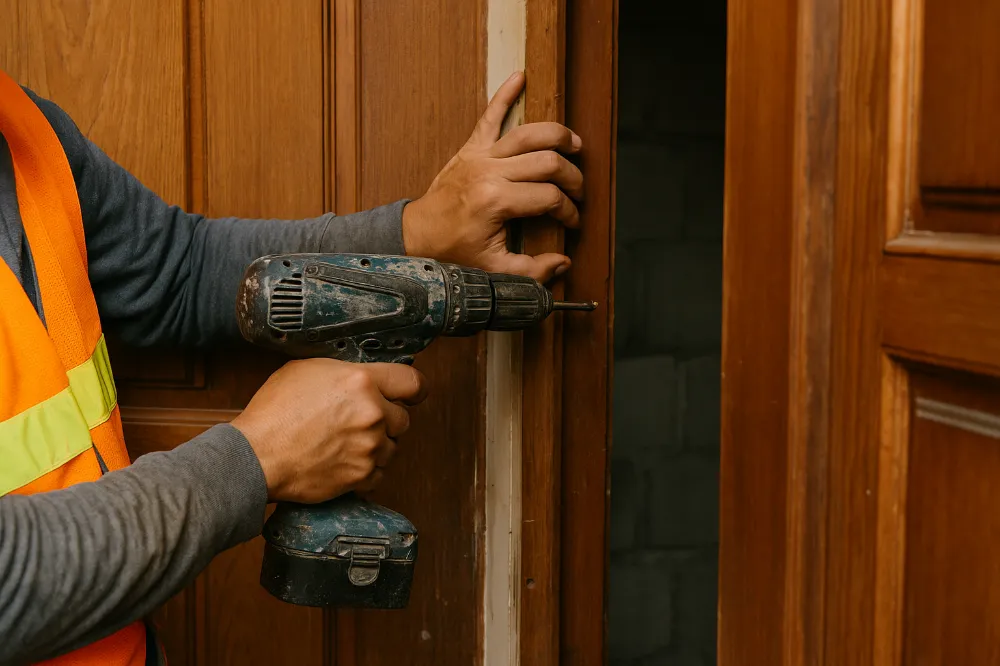
The Psychological Toll of Struggling with Old Tools
Old tools can drain your energy in ways you don’t expect. Constantly fixing, adjusting, or compensating for malfunctioning equipment breaks your mental flow. You lose focus more easily. You feel frustrated faster. You start blaming yourself for problems that are really caused by worn-out gear. And the more frustration adds up, the less enjoyable the project becomes. A fresh set of reliable tools restores that sense of ease. Suddenly, you’re not battling equipment you’re building things again. You feel sharper, more skilled, and more capable. Sometimes a simple upgrade is all it takes to rekindle motivation.
When Old Tools Damage Your Professional Reputation
When you’re doing work for clients or customers, the impact of old tools becomes even more serious. Clients will never say, “This must have been caused by an aging drill.” They’ll simply see uneven edges, misfitting joints, slow progress, or minor flaws and assume it reflects your skill.
Your reputation depends on consistent results.
Old tools create inconsistent results.
Inconsistency damages trust.
In the trades, reputation is currency. Protecting it means having tools that support the quality your clients expect every single time.
Recognizing When a Tool’s Time Is Up
Here are signs that an old tool is affecting your work:
• It feels underpowered
• It behaves inconsistently
• It overheats
• It no longer holds calibration
• It vibrates more than usual
• It produces rougher results
• Replacement parts are hard to find
• You avoid using it because it slows you down
If any of this sounds familiar, the tool isn’t just old it’s costing you performance.
Why Investing in New Tools Pays Off
Upgrading tools delivers:
• Better accuracy
• Smoother workflow
• Safer operation
• Less physical strain
• Higher quality finishes
• Lower chance of rework
• More professional outcomes
• Renewed enthusiasm
When your tools improve, your craftsmanship improves with them.
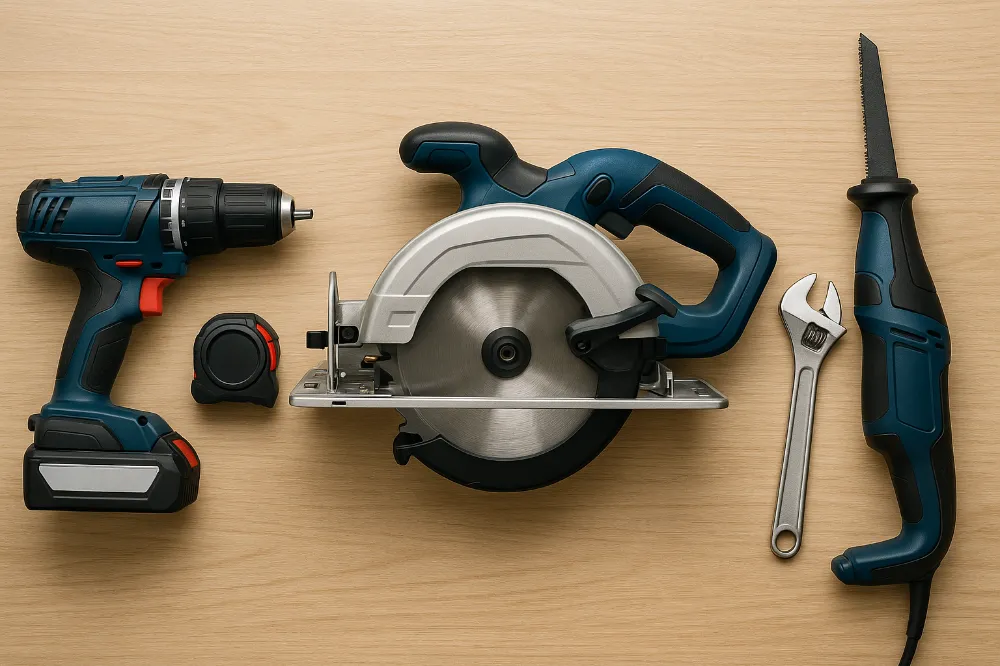
Final Thoughts
Old tools carry nostalgic value, but they also carry risks. They can quietly undermine accuracy, efficiency, safety, and creativity. They make projects harder and more time-consuming than they need to be. Whether you’re a professional or a passionate DIYer, the difference between a frustrating job and a satisfying one often comes down to the condition of the tools in your hands. Upgrading your toolkit isn’t about abandoning what’s familiar. It’s about giving yourself the equipment you deserve the kind that helps you build with confidence, precision, and pride.
FAQs
Old tools often lose calibration, sharpness, or stability, which leads to small measurement errors that accumulate into major project flaws.
Yes. Even simple hand tools like chisels, hammers, or tape measures can cause injuries or produce poor-quality results when worn or damaged.
Dull blades require extra force, increasing the chance of slipping and causing jagged cuts, tear-out, and uneven edges.
Absolutely. Worn tools slow down your workflow, cause repeated tasks, and often require troubleshooting, which delays overall progress.
Old tools may have weakened motors, frayed cords, cracked handles, or unreliable moving parts, increasing the risk of shocks, slips, and kickback.
When tools underperform, you lose confidence in trying advanced techniques, which limits experimentation and creative decision-making.
Not always, but consistent power loss, misalignment, dullness, or unpredictable behavior usually indicates it’s time for replacement.
Not always, but consistent power loss, misalignment, dullness, or unpredictable behavior usually indicates it’s time for replacement.
Yes. Clients judge the final output, not the tools, so inconsistent results caused by old tools can harm your reputation.
Reduced power, excessive vibration, overheating, poor accuracy, visible rust, damaged housing, and frequent stalling.
Maintenance helps sharpening blades, cleaning motors, replacing parts but eventually every tool reaches a point where replacement is the best option.




